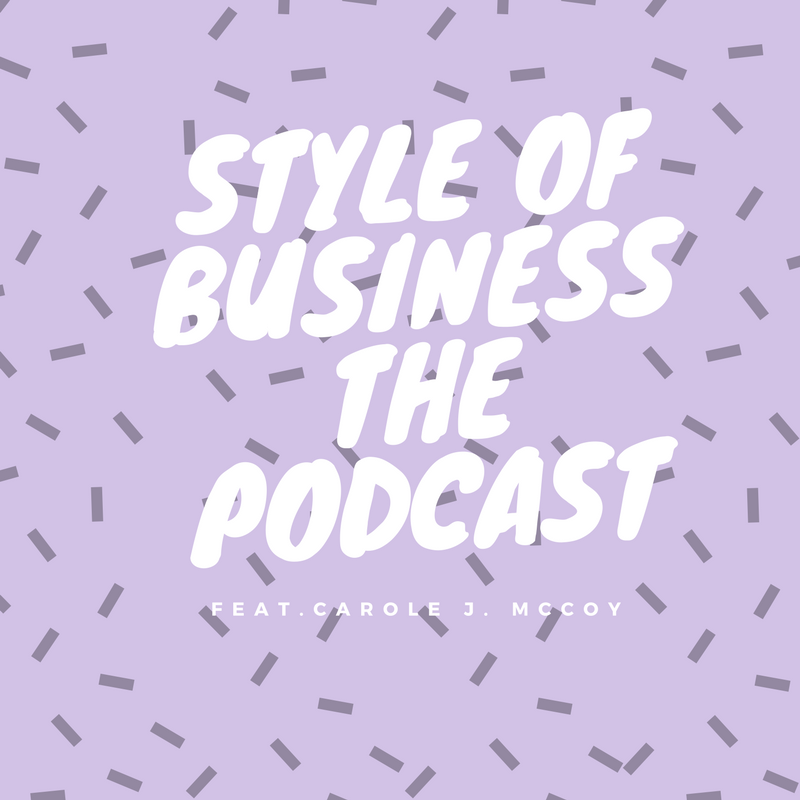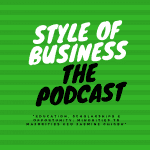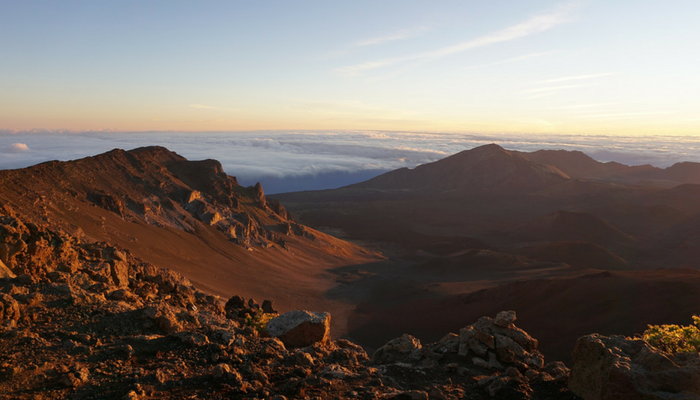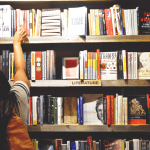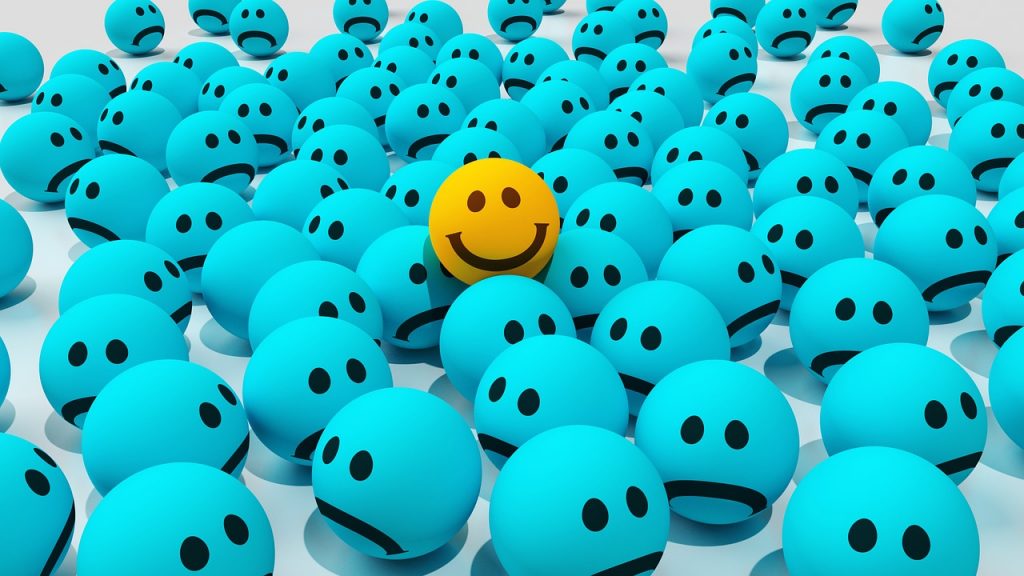Fine Artist Carole J. McCoy drops in to speak about her journey into art, what has inspired her work and creativity, and what upcoming goals and accomplishments she is gearing her career towards.
Summary:
In this 35th episode of SOB: Style of Business podcast, Keetria interviews the Los Angeles-based fine artist, sculptor, painter, and arts advocate Carole J McCoy. She shares her journey into art, what has inspired her work and creativity, and what upcoming goals and accomplishments she is gearing her career towards.
Show Notes:
- Carole is inspired by Los Angeles, which she was drawn to through modeling and acting.
- She is an arts advocate, she paints, sculpts, draws, writes, and restructures found objects.
- Tracing images on television as a child was a start, along with being scouted to model and traveled the world with modeling.
- Carole’s creative process is that she allows herself to be an observer of life, acknowledging that everything was already here, and she needs to co-create with the ultimate creator: God.
- Creativity = Observation. Appreciation. Curiosity. Intuition. Desire. Creation.
- An artist’s responsibility is to tell our stories for future generations to learn from.
- “Bliss on a Arrival” is a piece she created after a Greek Goddess exhibit, and has been intrigued by the body and form. Klimt is an artist was an inspiration also.
- “Infinito” is defined by Carol as sculpture on canvas due to the multiple layers of paint involved. The spiritual book called: “Infinite in All Directions” provided some of the inspiration.
- Nature is Carole’s biggest form of inspiration.
- She did an “inspirational tour” of NY, where she lived previously in the past but had not been to since 1998.
- Embracing African American ancestors’ endurance and contributions to society.
- Romance your mind, body, and soul creatively by traveling, observing, exploring, and allowing yourself to be inspired. Figure out what you want to contribute to the world.
- “Queen Ancestors” concept came to Carole in her dreams. Pulling from the legacy and energy of strong women.
- Women of color have experienced a harder climb up the mountain of success in the art world.
- Carole has experienced people not taking her art seriously as being looked at as attractive.
- Art is Carole’s “high” never drugs. She feels uplifted from creating and expressing herself.
- Keeping a journal physically everyday with a pen and paper unlocks ideas and refocuses her. “The Artist’s Way” is a book that she appreciates to understand her purpose and avoid the pitfalls.
- Carole submits for things at least 10 times a week, even if she doesn’t fit what they are looking for in case her work might fit for what they do in the future.
- Create from a place from your soul being fulfilled, not for money or for competition.
- Carole supports other artists she enjoys by giving it exposure through social media.
- “Art Stories” is a book of illustrations and short stories that Carole is working on allow with new projects, shows, and commissions.
- “Follow your heART.”
3 Key Points:
- Carole’s Recipe for Creation: Observation. Appreciation of beauty she witnesses. Curiosity about that beautiful thing. Intuition and instinct. Desire to create. Implementing creation.
- Nature is Carole’s biggest form of inspiration.
- Romance your mind, body, and soul creatively by traveling, observing, exploring, and allowing yourself to be inspired. Figure out what you want to contribute to the world
Tweetable Quotes:
– “L.A. is like a geographical muse of mine for the moment.” – Carole J McCoy.
– “I have like this recipe for creativity. One is observation. Two: appreciation of what is beautiful that you see. Three is curiosity…Four is intuition…Five is desire…Six is creation.” – Carole J McCoy.
– “My biggest form of inspiration I would say is nature…Anything you want as an artist is in nature.” – Carole J McCoy.
Resources Mentioned:

